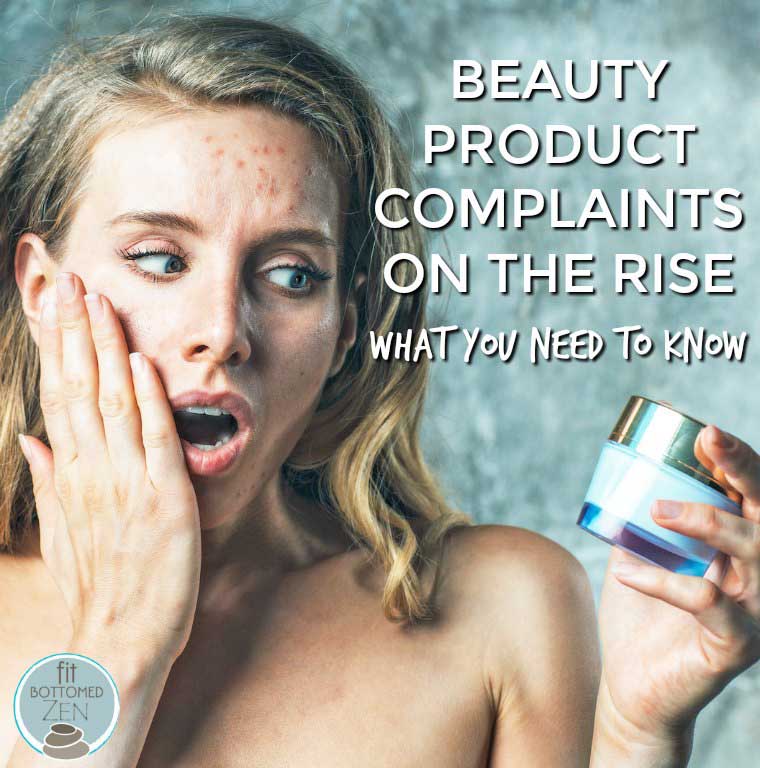Beauty Product Complaints on the Rise: Here’s What You Need to Know
Beauty complaints are on the rise, but why? And what can you do about it? In this guest post, Sahar Aker — founder of I Choose Beauty, a website and social media project that helps you find happiness wherever you are, and also a Beautycounter Consultant— tells us everything we need to know.

It’s perfectly legal for the cosmetics industry to use harmful ingredients in the products they sell in the United States. Hard to believe, but true. The stuff we all use every day — from deodorant to shampoo to lotion — can have harmful ingredients in them and still be on store shelves, no problem.
Except that there is a problem. This shocking lack of regulation may be taking a toll on our health. A new report in JAMA Internal Medicine finds more consumers are reporting health problems after using beauty products, especially hair and skin care brands.
Beauty Complaints: The Data
The study shows there were more than 5,000 complaints to the Food and Drug Administration (FDA) from 2004 to 2016, but researchers say that’s probably just the tip of the iceberg because many problems are not being reported at all.
The number of complaints went up from 706 in 2015 to 1,591 in 2016 — with the biggest increase in hair care products, mainly due to reports of hair loss and skin irritation after using WEN by Chaz Dean Cleansing Conditioner. The interesting (and frightening) thing about the WEN situation? In the beginning, the FDA says it only got 127 complaints while the manufacturer got about 21,000. That’s because the law does not require cosmetic companies to report problems to the FDA.
What You Can Do
The study stresses the need for us, as consumers, to report problems with cosmetics directly to the FDA instead of just to the manufacturer.
This includes issues with:
- Tattoos and permanent makeup
- Face and body cleansers, moisturizers and other skin lotions and creams
- Deodorants and makeup
- Baby lotions and oils
- Hair care products, dyes, conditioners, straighteners/relaxers, perms
- Hair removal creams
- Nail polishes
- Shaving products
- Perfumes and colognes
- Face paints and temporary tattoos
Contact the FDA if you use a product and have a reaction like a rash, hair loss, infection or illness, whether or not you needed medical treatment. You can also report the product if something doesn’t seem right, like if it has a bad smell, color change or if you think it has been contaminated.
Do Your Homework
To lower your risk of any problems with cosmetics in the first place, do some research before you buy. If you need a little help, the Environmental Working Group — a non-profit, non-partisan organization — has an extensive online data base and an app where you can check cosmetics or specific ingredients for safety.
As you choose your next shower gel, baby lotion or lipstick, keep this in mind: the United States has not passed a major federal law to regulate the safety of ingredients in personal care products since 1938. And while the European Union has banned 1,400 potentially harmful ingredients in cosmetics, the U.S. has only banned 30. It’s obvious from the recent JAMA Internal Medicine data that there’s a problem within the beauty industry.
Until something changes, let the buyer beware. —Sahar Aker
